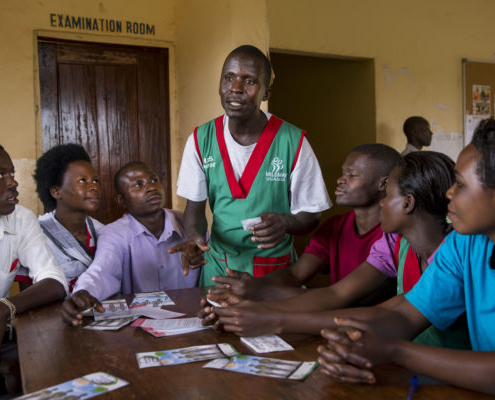 Jonathan Torgovnik/Getty Images/Images of Empowerment
Jonathan Torgovnik/Getty Images/Images of EmpowermentProvider Behavior Change Toolkit for Family Planning
Breakthrough ACTION English, French Sexual and Reproductive Health, Provider Behavior Change, Service Delivery Case Study, Toolkit Social and Behavior Change Communication, Social and Structural Breakthrough ACTIONThis toolkit helps users identify, understand, and prioritize factors influencing provider behavior change (PBC) so they can design supportive PBC initiatives.
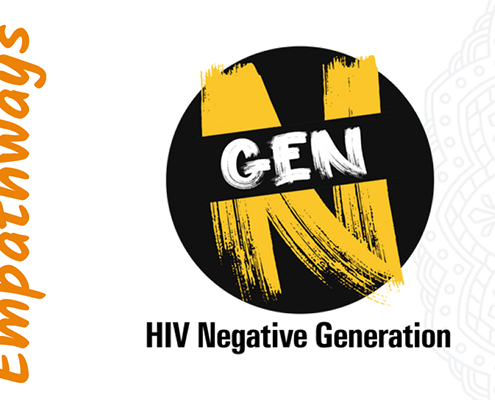
Empathways Adaptations
Breakthrough ACTION English, French Francophone West Africa, Burkina Faso, Côte d’Ivoire, Niger, Togo, Indonesia, Nepal Sexual and Reproductive Health, HIV, Provider Behavior Change, Service Delivery, Youth Tool, Website Breakthrough ACTIONThis page contains information about adapting Empathways, a card activity, for use in a variety of health areas to build provider-client trust.
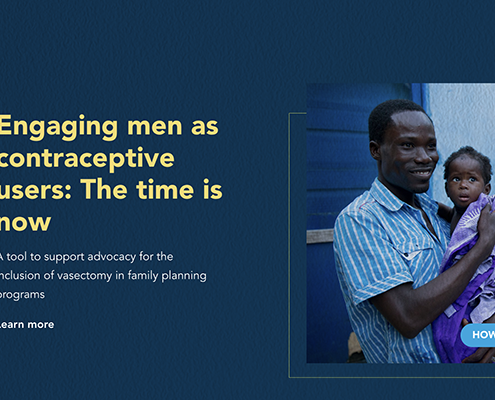 Dominic Chavez/World Bank
Dominic Chavez/World BankEngaging Men as Contraceptive Users: Materials for Vasectomy Advocates
Breakthrough ACTION English Sexual and Reproductive Health, Gender, Male Engagement, Service Delivery Interactive, Tool, Website Advocacy, Social and Behavior Change Communication, Social and Structural Breakthrough ACTIONBreakthrough ACTION’s package of evidence-based resources can help family planning program planners advocate for the inclusion of vasectomy.
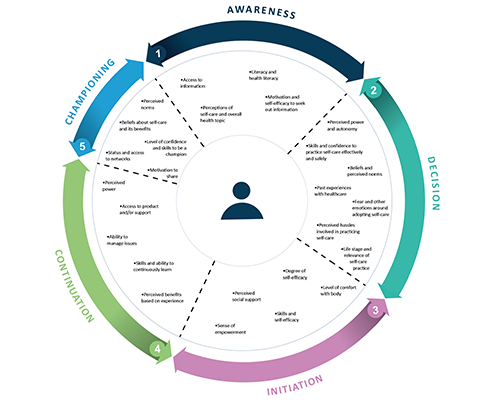
Supporting Sexual and Reproductive Self-Care through Social and Behavior Change
Breakthrough ACTION English, French Sexual and Reproductive Health, HIV, Service Delivery Model/Framework Advocacy, Social and Behavior Change Communication, Social and Structural Breakthrough ACTIONThis framework helps sexual and reproductive health professionals understand the drivers of self-care behaviors so they can make better program decisions.

SBC Flow Chart: Guinea Health Service Delivery Spotlight
Breakthrough ACTION English Guinea Service Delivery Success Story Integration Breakthrough ACTIONThis Spotlight describes how the SBC Flow Chart was applied to increase motivation, ability, and opportunities among community health agents to collaborate in Guinea.
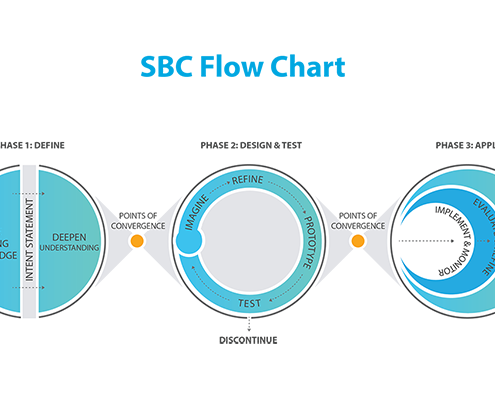 Breakthrough ACTION
Breakthrough ACTIONSocial and Behavior Change Flow Chart
Breakthrough ACTION English Guinea, Guyana, Nigeria, Jamaica Malaria, Service Delivery, Tuberculosis Toolkit Behavioral Science, Human-centered Design, Integration Breakthrough ACTIONUsing human-centered design principles, the SBC Flow Chart asks users to adopt a beginner's mind to identify new insights to solve public health problems.
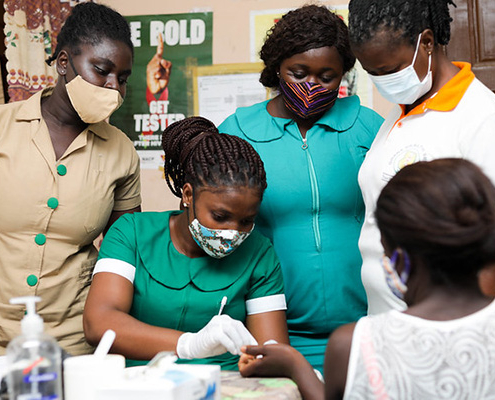 Emmanuel Attramah/PMI Impact Malaria/Flickr
Emmanuel Attramah/PMI Impact Malaria/FlickrBlueprint for Applying Behavioral Insights to Malaria Service Delivery
Breakthrough ACTION English, French Malaria, Provider Behavior Change, Service Delivery Model/Framework Breakthrough ACTIONThis document seeks to bridge silos by outlining steps for approaching provider behavior change to facilitate coordination in malaria service delivery.
 Vespia, M., 2017
Vespia, M., 2017From Vision to Action: Guidance for Implementing the Circle of Care Model
Breakthrough ACTION English, French Provider Behavior Change, Service Delivery Implementation Guidance Breakthrough ACTIONThis resource provides guidance for implementing the Circle of Care Model and developing social and behavior change for service delivery initiatives.
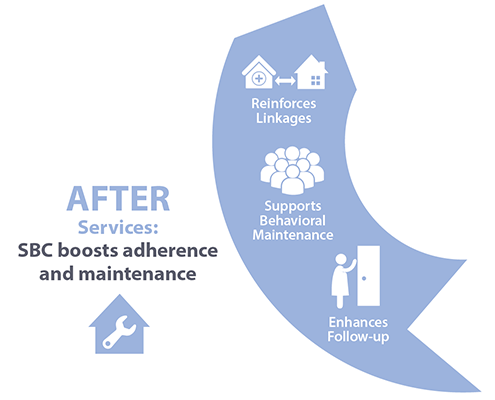
Circle of Care Model: After Stage
Breakthrough ACTION English Provider Behavior Change, Service Delivery Fact Sheet/Brief, Model/Framework Audience Segmentation Breakthrough ACTIONThis brief helps service providers understand how to use social and behavior change to encourage sustained healthy behaviors after service delivery.

